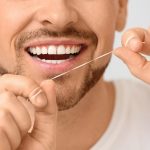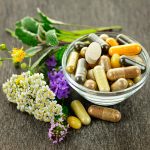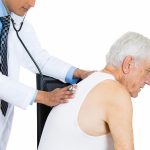
For those who care about their teeth, a new study sounds a pretty clear alarm: using tobacco in any form — including the increasingly popular practice of vaping — is a recipe for a dental nightmare. The warning comes from the U.S. National Institute of Dental and Craniofacial Research (NIDCR), after scientists analyzed several years of tracking data that looked at associations between smoking and poor dental health among thousands of American men and women. The bottom line: regular users of cigarettes, electronic cigarettes (vapes), cigars, pipes, hookahs and/or smokeless tobacco face a notably higher risk for various forms of dental trouble. Depending on the type of tobacco involved, that includes a significantly heightened likelihood for six different types of dental concerns, including gum disease; precancerous oral lesions; bone loss surrounding the teeth; loose teeth; and/or tooth loss due to tooth decay or gum disease. And vaping, which is sometimes viewed as a safer form of tobacco use, was linked to a 27% higher risk for bleeding following brushing or flossing. “We’ve always known that smoking increases your odds for gum disease,” said Dr. Purnima Kumar, a spokesperson for the American Dental Association. Though not a part of the study team, Kumar — who is also chair of the department of periodontics and oral medicine at the University of Michigan School of Dentistry, in Ann… read on > read on >


















